A-Class: ‘Mayfly’ update by Martin Fischer
Photo: Kristoffer West / Sailing Aarhus A-Class Worlds 2011 – Lots of talks on the web forums with some bad vibes beyond biased or performance technical opinions, so Martin Fischer decided, again, to express his view wide openly about the Mayfly project as he did while racing in Aarhus here in CSN.
———–
————
MayFly A-Class Catamaran – an update Martin Fischer, martin.ncl /at/ gmail.com –
Introduction
We participated at the A-Class Worlds in Denmark with the foiling A-Class catamaran MayFly. Unfortunately the boat was not successful at all. With the light winds that prevailed during the Worlds the boat was slow upwind. Downwind it was a bit better but not brilliant either. However tests in stronger winds that we experienced during the week before the Worlds were promising.
Over the last weeks I have been going again through all the numbers and this is a first summary of that re-analysis.
Flying catamarans – basic principles
Before presenting some results of that analysis I want to explain the main difficulties of designing a foiling catamaran. A sailing catamaran has 5 degrees of freedom: speed, heel (or roll), trim (or pitch) , leeway (or yaw), z-position (or sinkage) + rudder angle. On a normal sailing boat the speed, trim, leeway and sinkage are self adjusting and only the rudder angle has to be actively controlled by the crew, hence a normal ballasted sailboat represents a fairly stable system – at least within certain boundaries. On a normal catamaran that is flying a hull, things are getting a bit more complicated, since the heel angle is no longer self adjusting. The boat operates outside its stable regime and hence the crew has to adjust and control the rudder angle actively not only to sail a straight course but also to keep the boat upright.
 On a foiling catamaran things are getting messy because in general the trim angle and also the z-position (flight height or sinkage) are not by itself self adjusting. A good helmsman obviously can control rudder angle and heel, but it is – in my opinion – beyond the capacity of human beings to control rudder angle, heel, trim and sinkage actively on a fast sailing catamaran. One solution for that problem is to install one or several sensors that measure trim and z-position (flight height) and that adjust trim surfaces automatically to stabilise the trim angle and the flight height. Hence the solution is to stabilise an inherently unstable system with an automatic active control system. This is the solution that has been applied successfully to the Moth and with less success to the C-Class catamaran “Rocker”. This control system can be mechanical (as on the Moth) or electronic sensors coupled to a microprocessor could be used.
On a foiling catamaran things are getting messy because in general the trim angle and also the z-position (flight height or sinkage) are not by itself self adjusting. A good helmsman obviously can control rudder angle and heel, but it is – in my opinion – beyond the capacity of human beings to control rudder angle, heel, trim and sinkage actively on a fast sailing catamaran. One solution for that problem is to install one or several sensors that measure trim and z-position (flight height) and that adjust trim surfaces automatically to stabilise the trim angle and the flight height. Hence the solution is to stabilise an inherently unstable system with an automatic active control system. This is the solution that has been applied successfully to the Moth and with less success to the C-Class catamaran “Rocker”. This control system can be mechanical (as on the Moth) or electronic sensors coupled to a microprocessor could be used.
Another solution would be to design the foils such that the system (foiling catamaran) becomes inherently stable, as it is the case for commercial airplanes. For the Mayfly I went for that option.
Pitch stability
In order to obtain a boat with self adjusting trim it is sufficient to look into airplane theory. The foil design must be such that if an external perturbation (wave or wind gust) imposes a change of the pitch angle the foils must create an angular moment such that the boat is pushed back to its original pitch angle. In mathematical terms such a “negative feedback” is characterises by the first derivative of the angular moment with respect to the pitch angle. This first derivative has to be negative and this “necessary condition” imposes a constraint on the position of the foils and most importantly on the size of the horizontal rudder foil! The position of the main foils and the choice of an L-rudder on the MayFly are a direct consequence of this stability constraint. Hence the primary purpose of the horizontal rudder is not creating lift – as many people say – but to create a negative feedback in order to ensure a stable pitch angle. And the position of the main foils on the MayFly relatively far forward was not chosen to improve the resistance against pitch poling – as many people say – but is imposed by the longitudinal stability constraint.
The lack of a negative pitch feedback is actually one half of the reason why boats with curved or canted straight foils and with no (or too small) horizontal surfaces at the rudders tend to jump out of the water once the lift created by the foils goes beyond a certain threshold. The second half is the flight height stability (see below).
To summarise: In order to obtain dynamic pitch stability (negative feedback) constraints on the longitudinal position and the relative size of the front and rear foil have to be respected.
Flight height stability
Once the pitch problem is solved we still have to figure out how to stabilise the flight height. Surprisingly this is the more difficult part. To make the problem clear let’s have a look at a T-foil. This is obviously an extremely unstable system: if the boat speed is below the necessary take-off speed the boat won’t fly and if it is above the take-off speed the boat will completely jump out of the water. Only if the boat speed corresponds exactly to the take-off speed the boat flies, which is for a T-foil obviously a very theoretical thing.
With surface piercing hydrofoils the dihedral angle of the foils provides an efficient way to control flight height. By adjusting actively the dihedral angle a desired flight height can be achieved for different boat speeds. On Hydropthère (60-ft flying trimaran) they use hydraulics to adjust the dihedral angle of the foils, Steve Clark used on his latest C-Class catamaran “Aethon” a lateral adjustment of the upper foil bearing for that purpose and on Alinghi-V they tested a special foil shape for the same purpose. This is a possible way to go but there are limitations. If the vertical load is shared between the leeward and the windward foil this configuration provides a stable flight height regime (within certain limits of course). The stable regime gets narrower as the load distribution between the two foils gets more asymmetrical and if the whole load is on the leeward foil (sailing on one “hull”) the width of the stable regime gets down to zero and the system becomes neutral (feedback equals zero) in terms of flight height.
Thus this solution still requires active intervention from the crew, which is difficult during a regatta and even more difficult on a single handed boat as the A-Class. Furthermore it becomes unpractical for a relatively narrow boat like the A-Class which sails most of the time on one hull.
I therefore went for S-shaped foils. The idea behind this approach is to change the dihedral angle automatically as a function of flight height. The foils are designed such that at low flight height the system is unstable which facilitates “take off” and at higher flight levels the regime becomes more and more stable. At low flight height the dihedral angle increases (more horizontal) if the boat lifts. This creates a positive feedback which means instability. This instability helps pushing the boat out of the water as soon as it is possible. However, once the flight height goes beyond a certain limit the curvature of the S-shaped foils changes sign and the feedback becomes negative. This negative feedback causes the boat to sink back in towards a pre-defined position. This predefined position is close to the inversion point of the S-foil.
Hence the primary purpose of the S-shape is to provide a negative feedback for the flight height around a pre-defined “working point”.
This is not at all the same as the winglets on the curved foils of ORMA-60 trimarans or of the maxi-trimarans in France.
To our knowledge this is a new technical solution to the flight height problem for foiling sailing boats and we have submitted a patent on it.
What went wrong with the Mayfly?
So in theory all seems to be fine and the question remains what went wrong with the MayFly? Over the last weeks I went again through all the number and I think I identified the main problem: the effective dihedral angle of the foils.
As I pointed out in the previous section the dihedral angle is very important for the dynamic stability of the boat. But the dihedral angle has also a strong impact on the total drag of the boat. For a given dihedral angle the ratio of side force to drag goes down (more drag for a given side force) and at the same time the boat is lifted a bit out of the water, which decreases the hull drag. So in terms of drag the dihedral angle of the foils has effects: a positive impact on hull drag (less drag) and a negative impact on side force related drag (more drag). For each dihedral angle there is a characteristic boat speed at which the breakeven between these two effects occurs. Or expressed in another way, for each boat speed there is an optimal dihedral angle. Hence the dihedral angle of the foils is a very important design parameter with a big impact on the performance characteristics of the boat and its control is crucial during the design process. This becomes even more important if you leave the usual “design space” as it is the case with the MayFly.
During the development of the MayFly I ran the computations under the simplifying assumption that the geometrical dihedral angle is a valid approximation for the effective or dynamic dihedral angle. The geometrical dihedral angle is simply given by
tan(dihedral) = A_horizontal / A_vertical
where “A” horizontal / vertical are the horizontal and vertical projection of the total surface of the foil. This angle can be easily computed from easy to measure variables. However, the relevant dihedral angle is the dynamic dihedral which is give by
tan(dihedral) = F_vertical / F_horizontal
where “F” vertical / horizontal refer to the horizontal and vertical component of the total force created by the foil. Due to the complicated geometry of the foil the local angle of attack at which the foil operates changes significantly along the span and hence the load distribution along the span differs significantly from the chord distribution along the span. This makes the computation of F_vertical and F_horizontal more complicated. During my re-analyses I (finally) computed the dynamic dihedral angle and compared it to the geometric dihedral angle. The result is that in the case of the MayFly foils there is a very significant difference between the two. The dynamic dihedral is significantly larger than the geometric dihedral and therefore the foils on the MayFly created significantly less side force than they were supposed to create. This pushes the breakeven point between the positive and the negative impact of the dihedral angle to significantly higher boat speeds than originally anticipated which is what we observed at the A-Class Worlds in Denmark.
I still have not fed these data into my VPP to quantify the impact but simply looking at the additional drag at low speed due to this lack of side force strongly indicates that this is the main explanation for the poor light wind performance during the Worlds.
A side effect of the lack of side force created by the foils is a poor tacking performance of the boat. If the foils create less side force than required the leeway angle of the boat increases and hence the portion of side force created by the hulls increases. The centre of effort of the hull is much further forward than the centre of effort of the foils which creates additional weather helm and therefore makes the boat very difficult to tack.
I am living in New Caledonia and I have been running tests here with an A-Class with the same foil set-up – same rudders, same foil position – but with a set of S-foils with less dihedral angle. I cannot assess the speed relative to another A-Class boat (there are no other A-Cats here) but tacking is definitely much easier than with the boat I sailed in Denmark.
This problem with the dihedral angle of the foils is relatively easy to fix, but it requires designing and building new moulds and foils which will be done over the coming weeks.
There were other issues with the boat, but these are in my opinion second order effects:
Problems with bearings of the foils and hence with the toe-in angle of the foils
Lack of stiffness of the main beam, which caused also a change of the toe-in angle of the foils
Last but not least the overall preparation of the boats and the crews was insufficient. We were aware of that but the alternative would have been not to show up at the Worlds and hence miss the best and toughest opportunity to test the boat under real racing conditions.
Martin Fischer
—————-
Copyright Catamaran Racing, News and Design.
Fischer is discussing his developments at Boatdesign.net forums. PDF of the report here


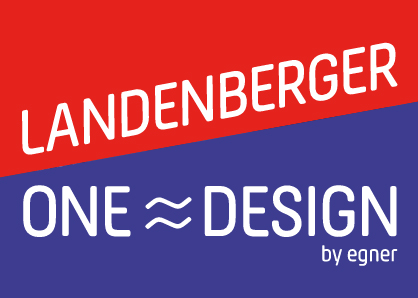
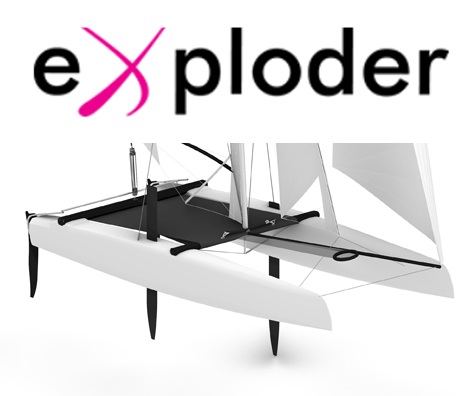
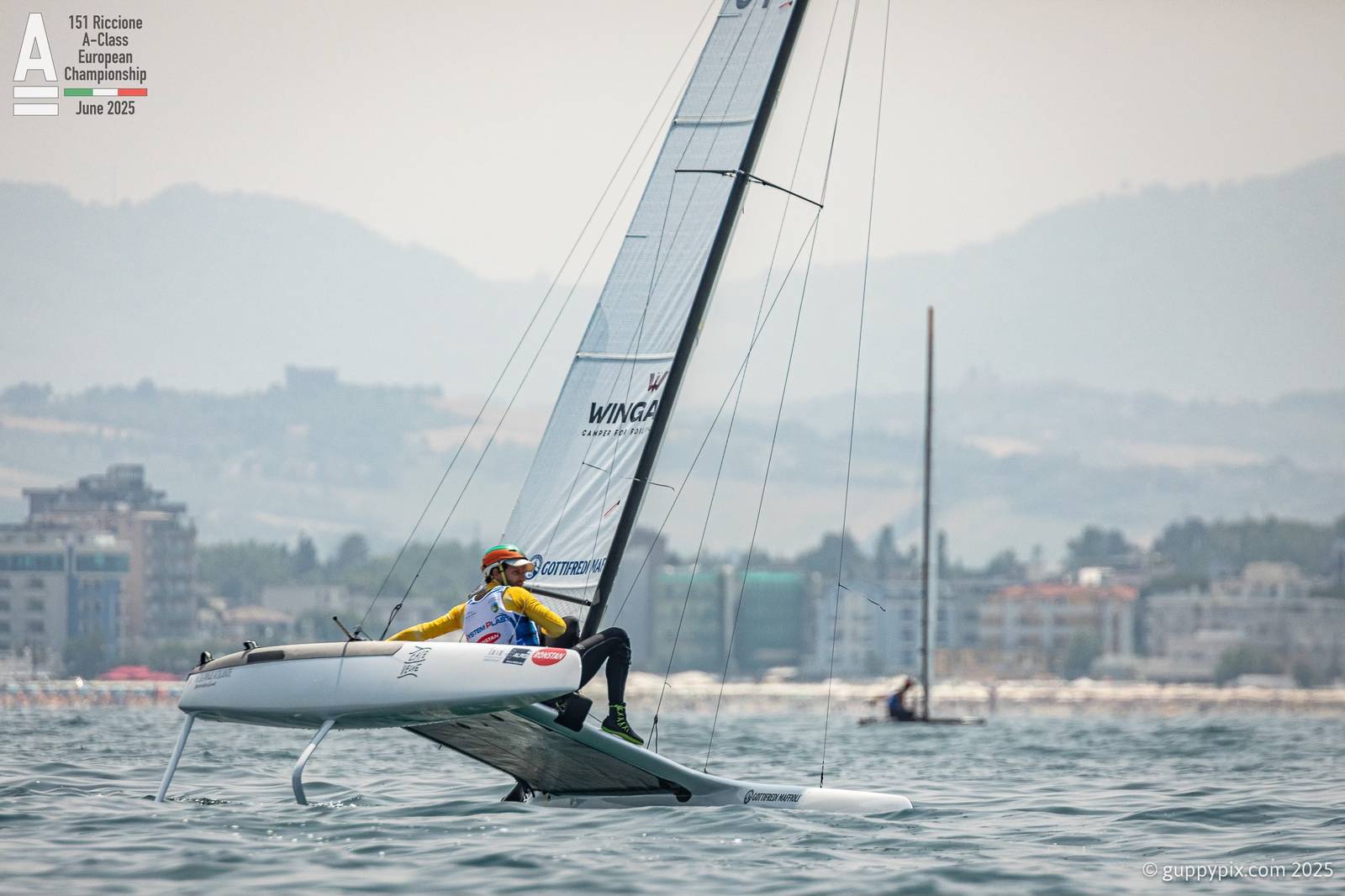
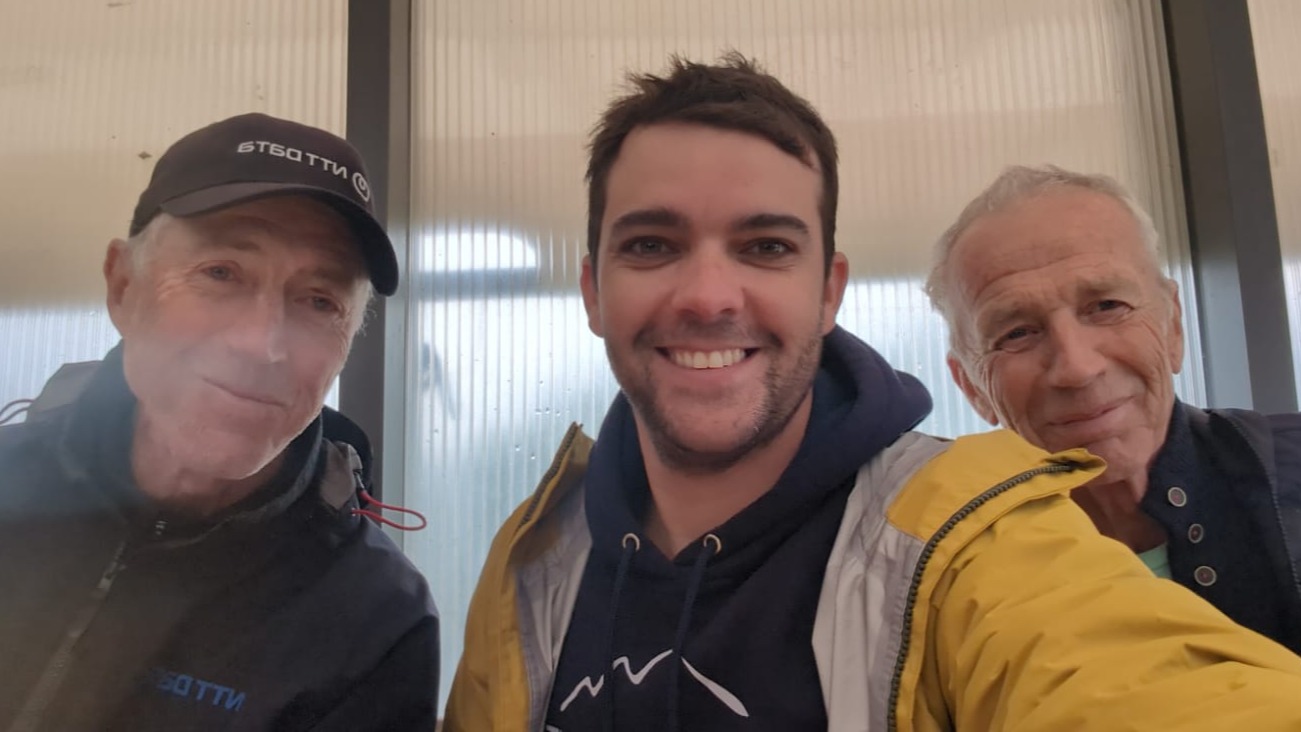
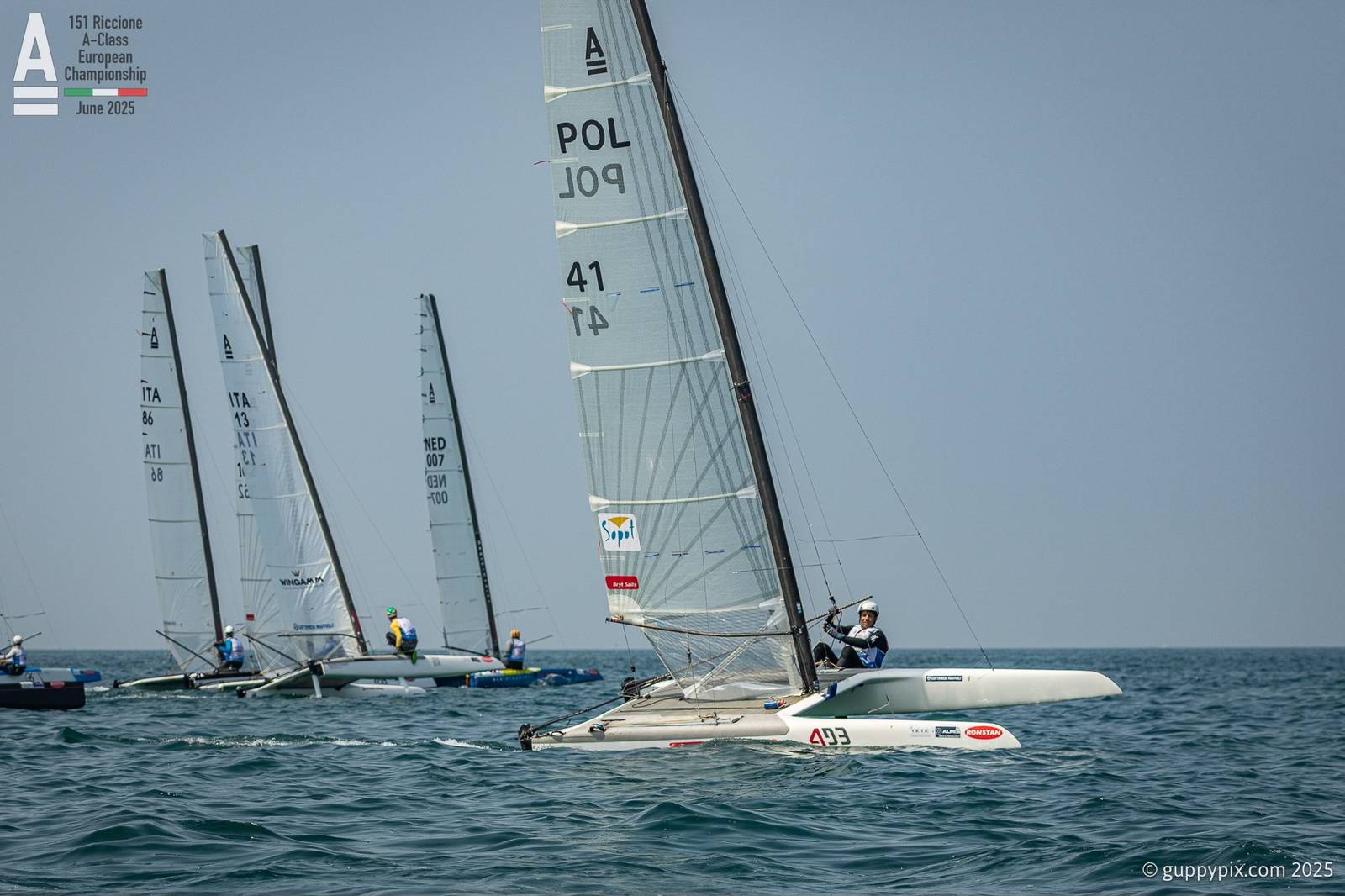
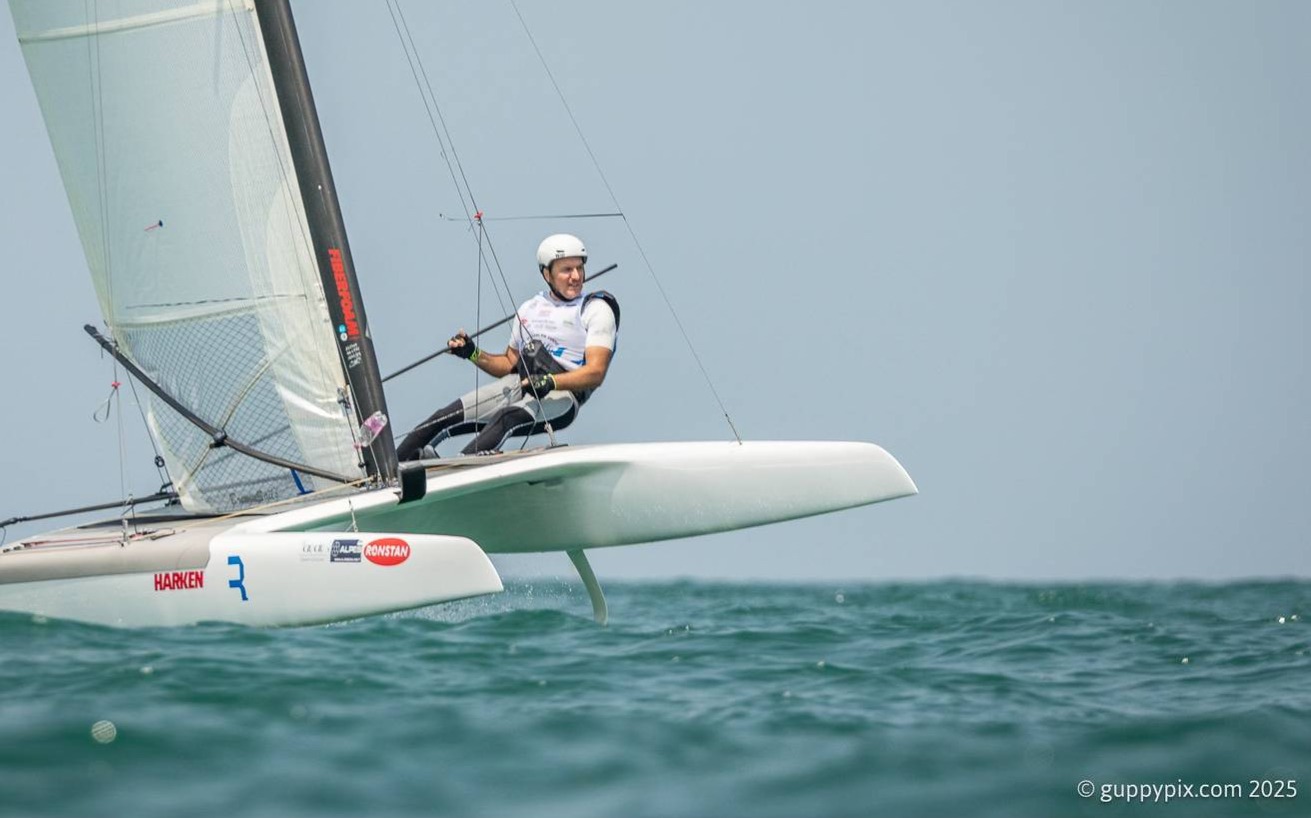
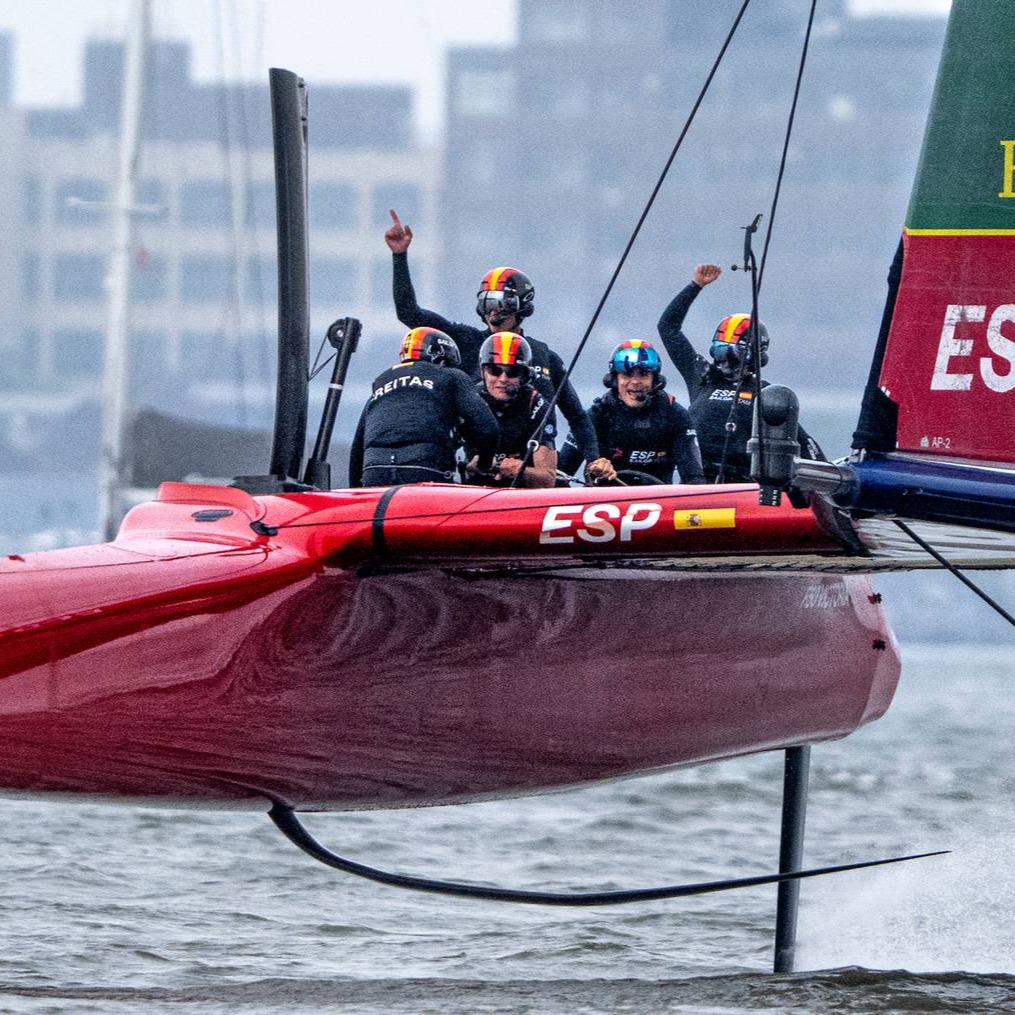
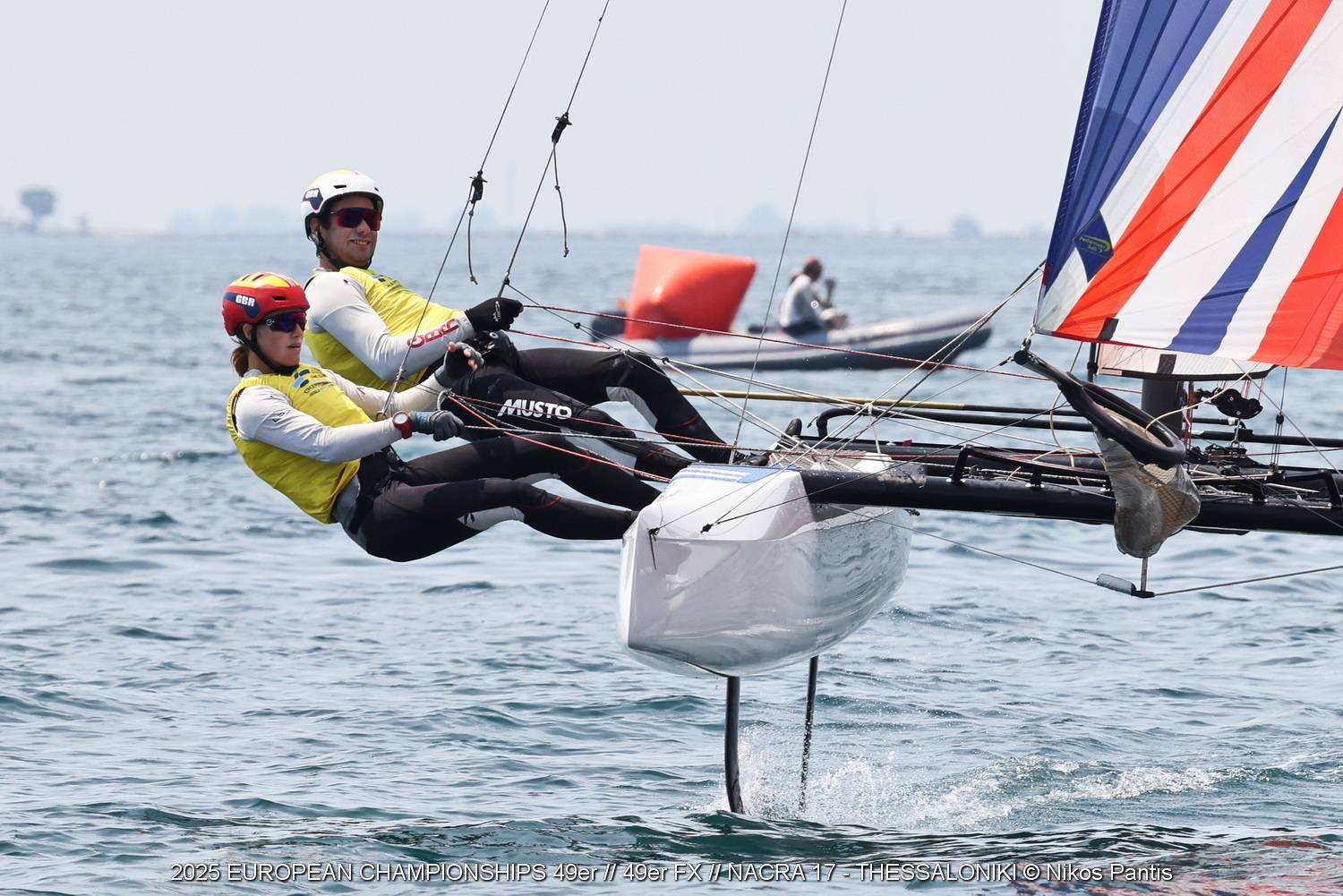
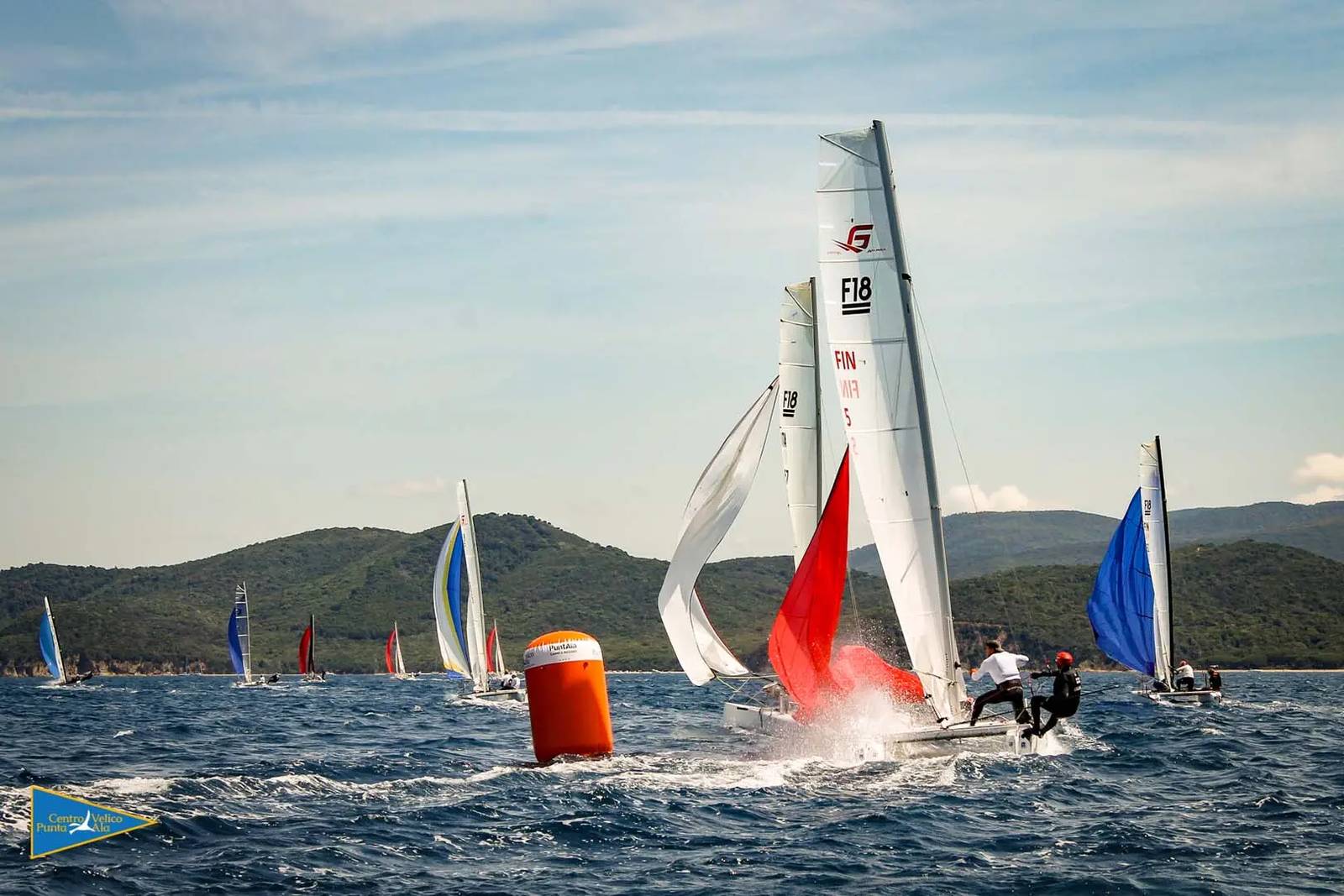
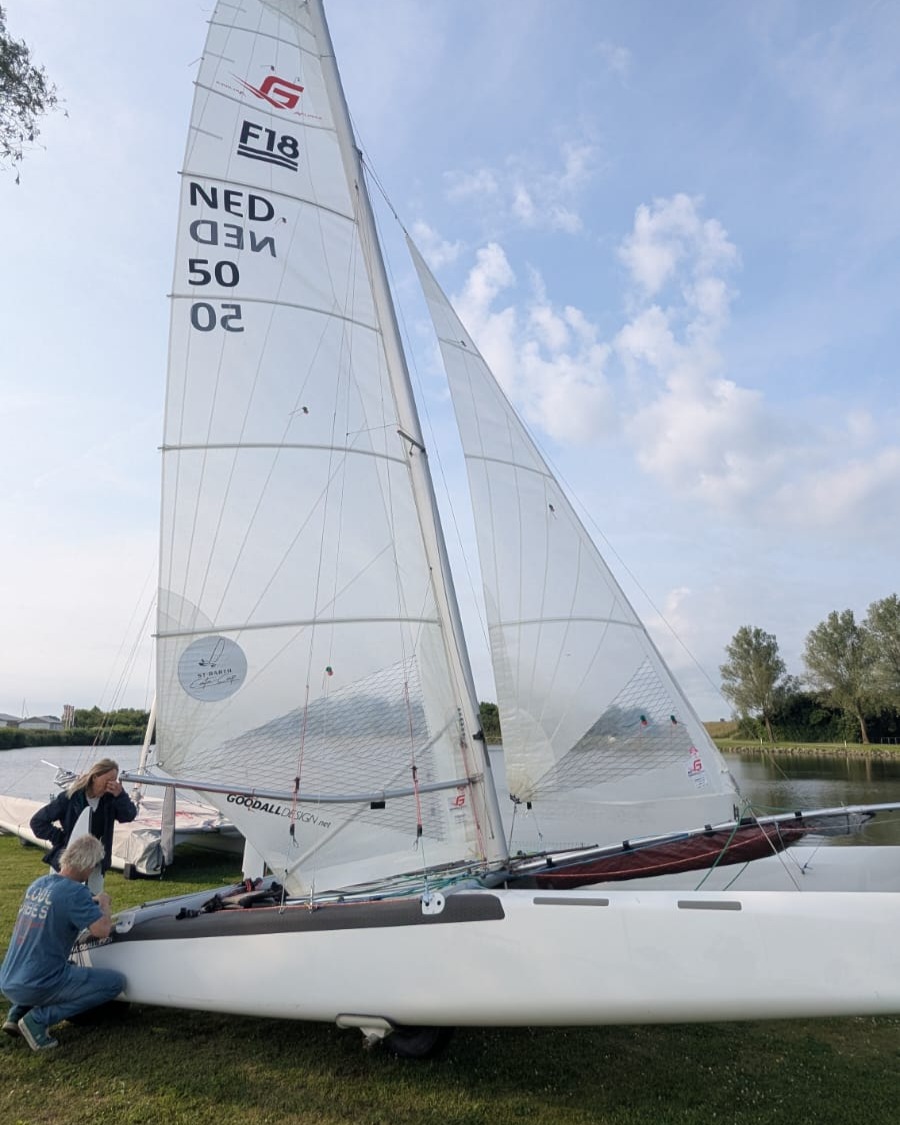
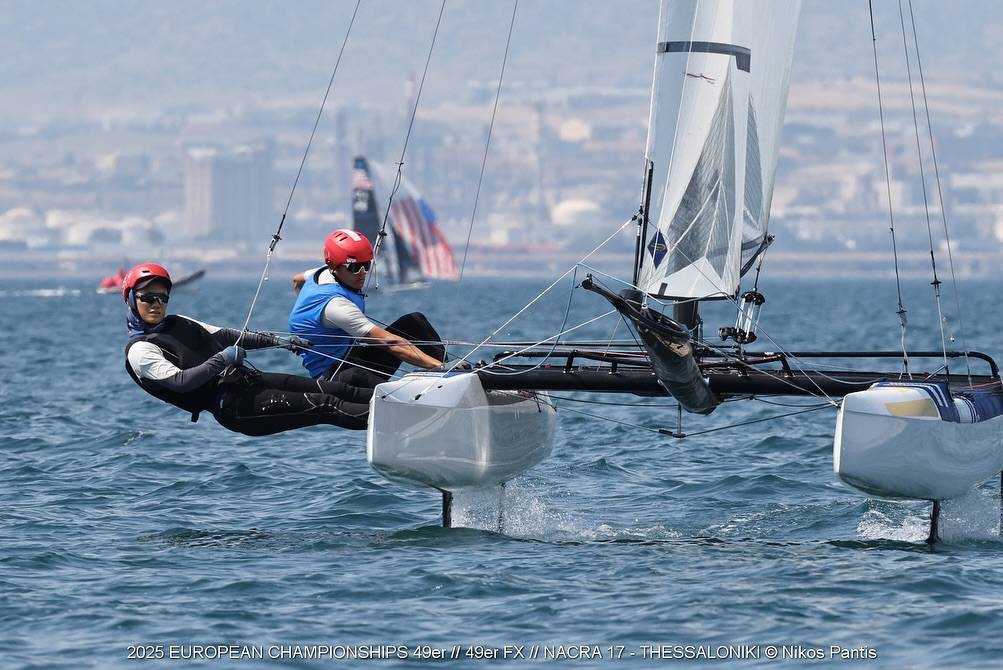




















Better to have tried and failed then never having tried at all 🙂
Hope you get it all working!
The "Whites Dragons" seems to fly pretty well!
https://www.facebook.com/pages/Whites-Dragons/145919742107493
Ok! so when do they race in the aclass?
I always believe that when trying something new and radical, it's best to let the boat do the talking. I look forward to seeing the boat live up to the hype, although I somehow wonder if it could ever do that.
New concepts are not easy to overcome. The guy is working hard on it and according to his experience I would give him more chances as I'm pretty sure he'll find the right setup.
White dragons? Read the A Class rules.
Ahhhh white dragon cannot race in the aclass ??? ahhhh
Ahoy there, and warmest "Aloha" from the "Friendly-Isle"…
Ganbarre! -n- Imua kakou- Fischer-sama for project "mayfly".
May your stronger faith, and "given" Wisdom be allowed for You and your Team to obtain, and "maintain" effortlessly Contolled-Flight for the next generation of the dialed-in Flying-Foiling-Gliding Katamarans, within the next few Horizons. God-Speed iruka-san Aloha Nui